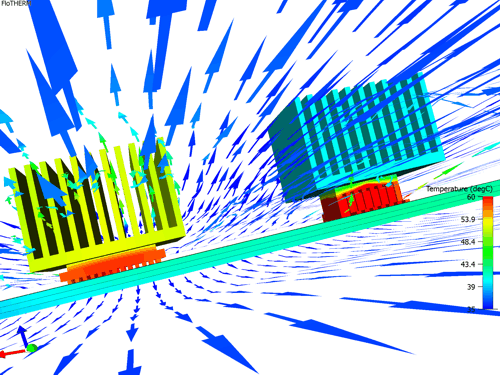1. Material and structure of heat pipes
Different heat pipe materials have different thermal conductivity properties. For example, copper heat pipes are generally more efficient at heat transfer than aluminum heat pipes.
The diameter, wall thickness, and internal structure (e.g., capillary) of a heat pipe can also affect the flow and heat transfer of the working fluid.

2. Characteristics of the working fluid
The physical properties of the working fluid, such as ethanol, water, etc., (such as boiling point, latent heat of vaporization, etc.) will directly affect the heat transfer efficiency.
Filling too much or too little of the working fluid can adversely affect heat transfer.
3. Design of heat sink fins
The area and shape of the heat sink fin affects the heat dissipation to the surrounding environment. A larger heat dissipation area often helps to improve heat transfer efficiency.
The spacing and arrangement of the fins can also affect air flow, which can affect heat dissipation.
4. Temperature and power of the heat source
Higher heat source temperatures and higher power make heat transfer more difficult, which can lead to a decrease in the heat transfer efficiency of a heat pipe heat sink.
If the temperature of the heat source is too high, it may exceed the tolerance range of the heat pipe heat sink and affect its normal operation.
5. Installation and contact quality
Whether the heat pipe heatsink is installed closely and the heating element is in good contact will affect the heat transfer from the heat source to the heat pipe.
Improper installation may result in increased contact thermal resistance and reduced heat transfer efficiency.
6. Working environment temperature and wind speed
A high ambient temperature makes it more difficult to dissipate heat and reduces heat transfer efficiency.


 +86-18902844286
+86-18902844286
 E-mail
E-mail
